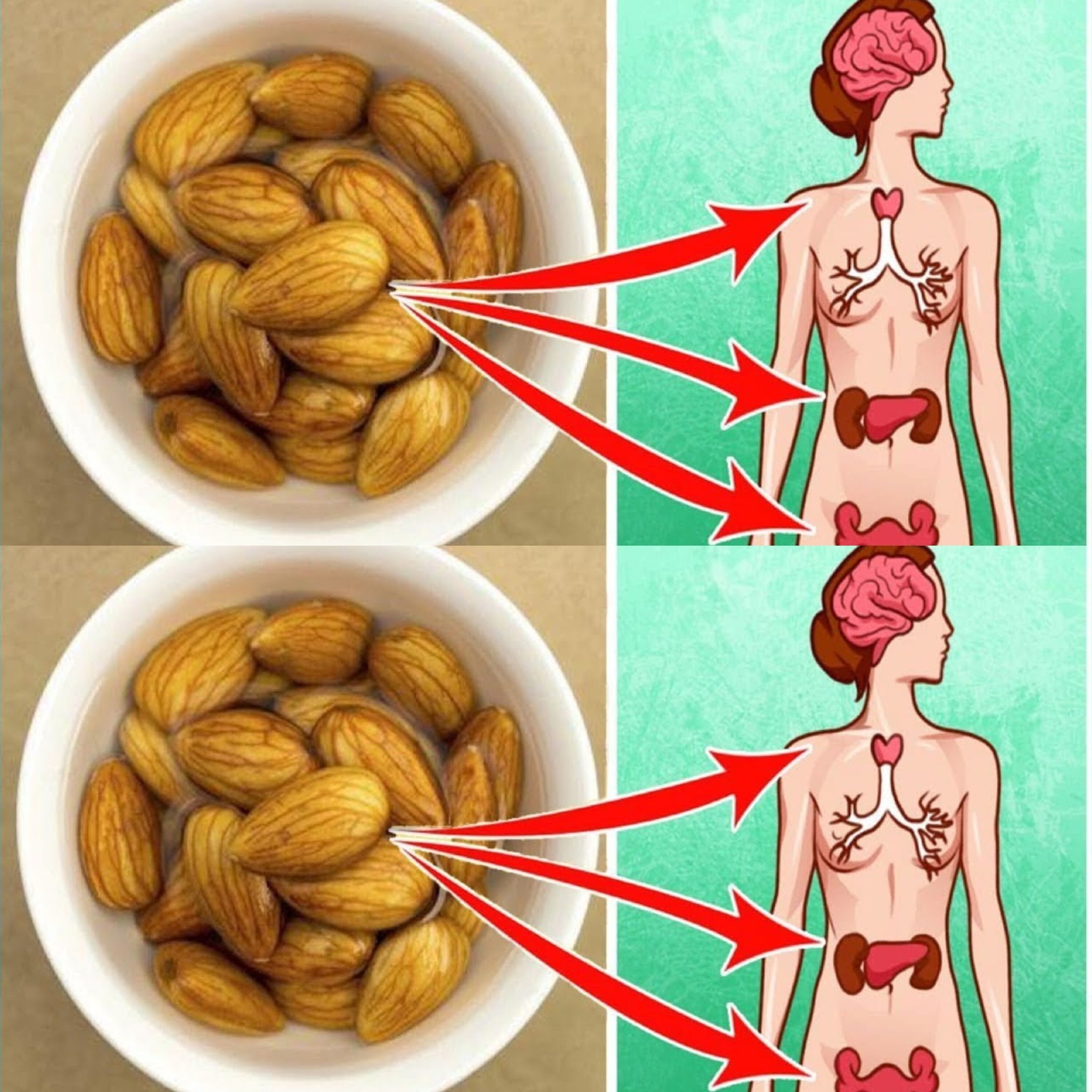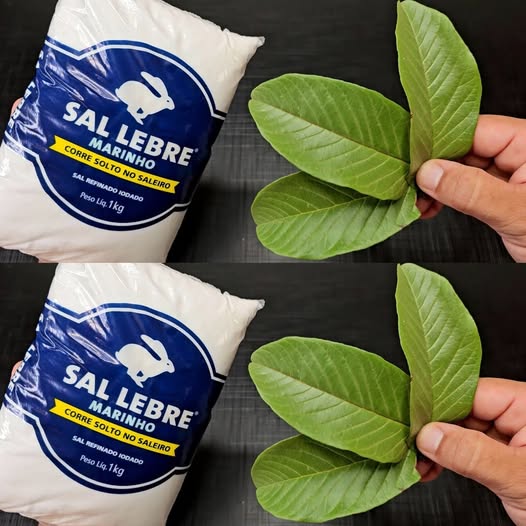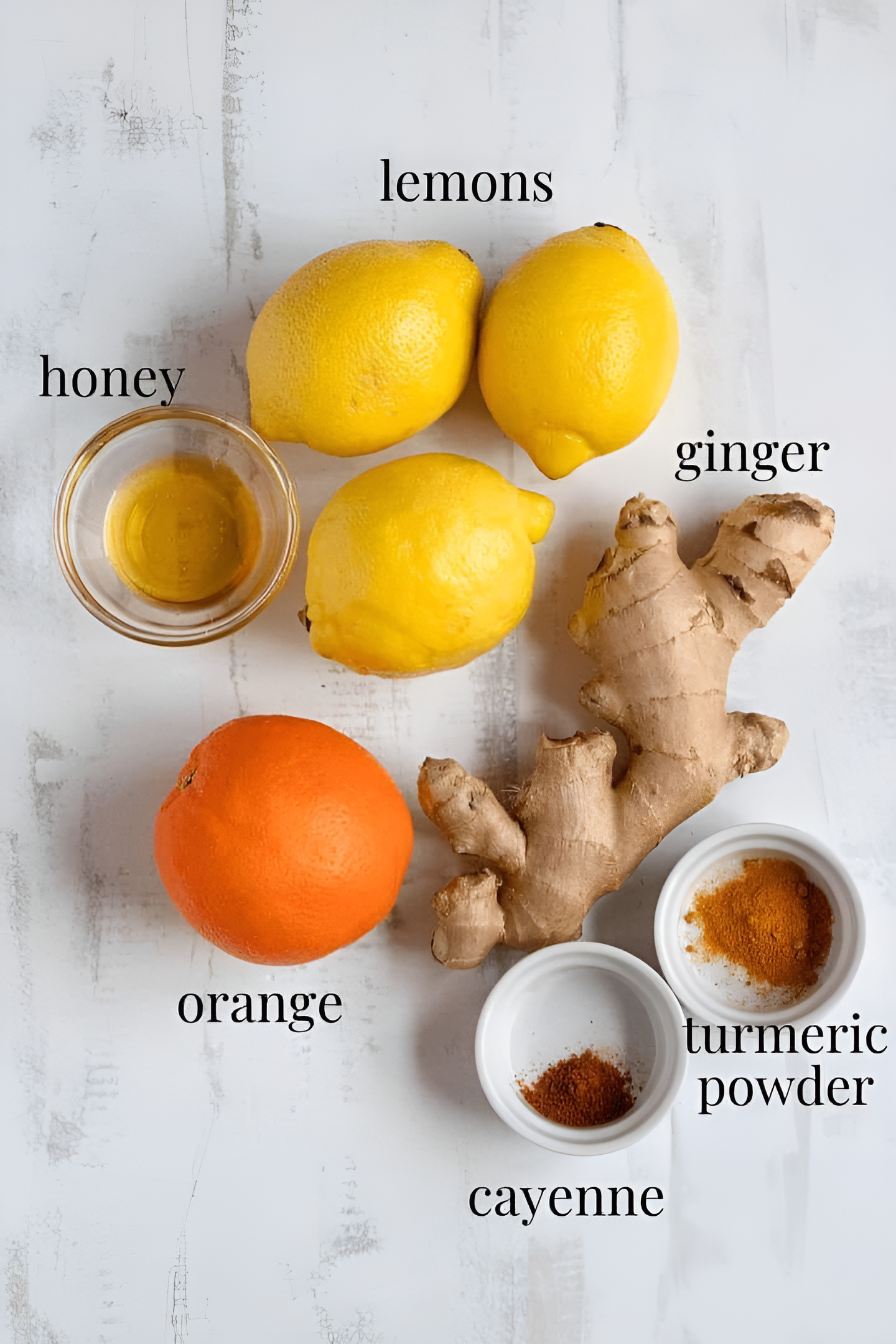Seeds are often overlooked in our everyday diets, even though they’re nutritional powerhouses packed with essential vitamins, minerals, fiber, and healthy fats. Among these seeds, some varieties are true hidden treasures—nutrient-rich but often underutilized or unknown to most people. In this blog post, we’ll uncover the benefits of these underrated seeds and show you easy ways to incorporate them into your daily meals. Get ready to unlock the secret of these little wonders!
1. Flax Seeds: The Fiber and Omega-3 Powerhouse
Flax seeds are small but mighty. They’re loaded with fiber, heart-healthy omega-3 fatty acids, and lignans (plant compounds with antioxidant properties). Despite their incredible health benefits, many people don’t know how to incorporate them into their diets.
How to Use Flax Seeds:
- Grind Them: To unlock their full potential, grind flax seeds before consuming them. Whole flax seeds can pass through your system undigested, so grinding helps your body absorb the nutrients.
- Sprinkle on Smoothies or Yogurt: Add a tablespoon of ground flax seeds to your morning smoothie or yogurt for a fiber boost.
- Bake with Them: You can substitute part of the flour in baked goods like muffins, pancakes, or bread with ground flax seeds for added nutrition.
Pro Tip: Store flax seeds in the fridge or freezer to keep them fresh and prevent oxidation.
2. Chia Seeds: The Hydration Helper
Chia seeds are tiny black seeds that swell up when soaked in liquid, turning into a gel-like substance. They’re packed with fiber, omega-3s, and calcium. These seeds are excellent for hydration and gut health, but many people are unaware of their versatility.
How to Use Chia Seeds:
- Make Chia Pudding: Mix 2 tablespoons of chia seeds with 1 cup of milk (or a plant-based alternative), add a sweetener like honey or maple syrup, and let it sit for a few hours or overnight. The result is a delicious, nutritious chia pudding.
- Add to Smoothies: Toss a tablespoon of chia seeds into your smoothie for a thicker texture and an extra dose of fiber.
- Sprinkle on Salads: Use chia seeds as a topping for salads or oatmeal for a crunchy texture and added nutrition.
Pro Tip: Chia seeds absorb up to 10 times their weight in water, making them a fantastic addition to your diet for hydration.
3. Pumpkin Seeds: The Immune System Booster
Pumpkin seeds, also known as pepitas, are a nutritional goldmine. Rich in magnesium, zinc, and healthy fats, they’re fantastic for boosting immune function, supporting heart health, and improving sleep. However, they’re often overlooked as a snack or cooking ingredient.
How to Use Pumpkin Seeds:
- Snack on Them: Roasted pumpkin seeds make a satisfying and nutritious snack. Add a pinch of salt and your favorite spices for flavor.
- Add to Granola: Mix pumpkin seeds into your homemade granola for a crunchy texture and added nutrients.
- Blend into Pesto: Replace traditional pine nuts with pumpkin seeds in pesto for a nutty, nutrient-packed twist on the classic sauce.
Pro Tip: Pumpkin seeds are a great source of tryptophan, an amino acid that helps improve sleep quality.
4. Hemp Seeds: The Protein Power Player
Hemp seeds are a complete protein source, meaning they contain all nine essential amino acids. They’re also rich in omega-3 and omega-6 fatty acids, making them a fantastic addition to any diet, especially for vegetarians and vegans. Despite their high nutritional value, many people are unsure how to use them.
How to Use Hemp Seeds:
- Add to Smoothies: Blend hemp seeds into your smoothies for a protein and omega boost.
- Sprinkle on Salads or Oatmeal: Sprinkle hemp seeds on top of salads, soups, or oatmeal for a mild, nutty flavor.
- Use in Energy Balls: Add hemp seeds to your homemade energy balls for an extra punch of protein and healthy fats.
Pro Tip: Hemp seeds have a soft, chewy texture, making them great for adding to both sweet and savory dishes.
5. Sesame Seeds: The Skin Savior
Sesame seeds may be small, but they pack a powerful nutritional punch. They are an excellent source of calcium, iron, and zinc, all of which contribute to healthy bones, skin, and hair. Despite being commonly found in buns and sprinkled over sushi, many people don’t realize how versatile they can be.
How to Use Sesame Seeds:
- Make Tahini: Blend sesame seeds into a smooth paste to make tahini, a key ingredient in hummus and other Middle Eastern dishes.
- Toast for Toppings: Lightly toast sesame seeds and sprinkle them over stir-fries, noodles, or roasted vegetables for extra crunch.
- Add to Baking: Mix sesame seeds into bread dough or sprinkle them on top of bread and buns before baking for a nutty flavor.
Pro Tip: Toasting sesame seeds brings out their rich, nutty flavor, enhancing any dish.
6. Sunflower Seeds: The Heart Helper
Sunflower seeds are rich in healthy fats, vitamin E, and magnesium, all of which support heart health. Despite their popularity as a snack, many people don’t realize how easy it is to incorporate these nutrient-packed seeds into everyday meals.
How to Use Sunflower Seeds:
- Add to Salads: Toss sunflower seeds into your salads for a nutty crunch and added nutrients.
- Use in Baking: Add sunflower seeds to muffins, bread, or energy bars for a heart-healthy boost.
- Make Sunflower Seed Butter: Blend sunflower seeds into a creamy, nut-free alternative to peanut butter.
Pro Tip: Sunflower seeds are a great source of antioxidants, which help protect your cells from damage.
Conclusion: Small Seeds, Big Impact
These seeds may be small, but they’re nutritional powerhouses that can transform your diet. Incorporating flax, chia, pumpkin, hemp, sesame, and sunflower seeds into your meals is a simple and effective way to boost your intake of essential nutrients. Whether you’re adding them to smoothies, salads, or baked goods, these hidden treasures deserve a spot in your pantry.
Don’t underestimate the power of these little seeds—start using them today and thank yourself later!



